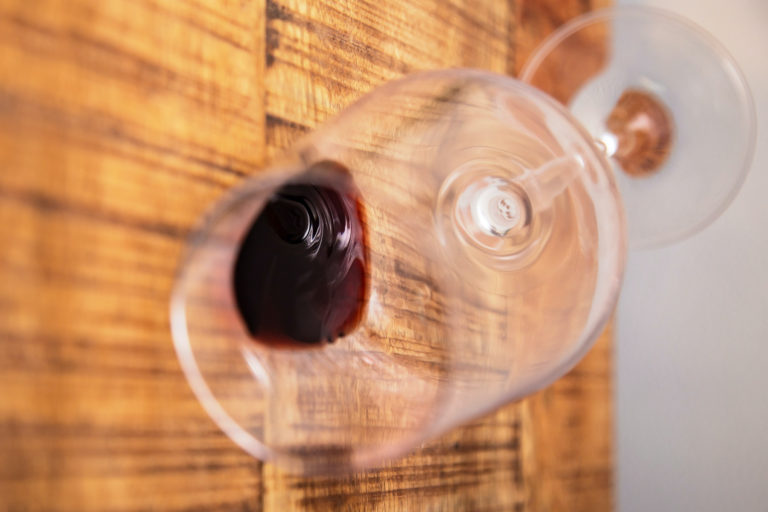Learn how to identify the quality of the wine you taste.

What makes a great wine?
Ever wondered why a specific wine is loved by so many people? Or why some wines that taste weird to you, but gain so much popularity, or are so expensive?
What is it that identifies a wine as great in a general and consensus sort of speaking?
Keep reading and I’ll have you on top of the quality grid shortly.
Certainly, the personal preference and the personal taste should be your only criteria on whether you want to drink that wine or not, and I cannot highlight that enough. But as an intelligent and always wondering creature that you are, you know that there is always further to explore and… and you never know… there might be something new for you to hang on and look for on your next wine purchase.
So let’s start with what needs to be there for defining the quality of a wine.
Balance
Mmmm… this wine is balanced! Lingering perfectly on a string above deep sea water. Well, not quite, but when you are on top of a string trying to balance you need to somehow coordinate your breathe, your weight, your focused mind. Same thing happens with wine. The fruit, the sugar, the tannin and the acidity need to be in a very good coordination in order to balance nicely in your palate. When something comes up stronger, you might need to think if it’s counterbalanced by something else. Too sweet, but the high acidity balances it out. 10 points!
Intensity
Think of a freshly opened bag of coffee beans. That first smell that strikes up on your nose. Same with your wine. When the aromas of the wine are easy to identify and describe, they clearly play their role in the whole character and they are not diluted, then we can say that the wine has high intensity. Higher quality wines will have a good “concentration” of aromas that leap out of the glass and take no effort to be noticed. This applies in both the nose and the palate.
Finish
How long do the pleasant sensations stay in your mouth after you have spit out or swallowed your wine? What is the aftertaste and the length of it? A wine can be described as lean, cleansing, mouth-filling, warm, yet nonetheless it has to be pleasant.
Use the following terms in order to describe the finish of your wine:
Short: descepates in few seconds
Medium: lasts for somewhere between 10 to 30 seconds
Long: lasts for more than 30 seconds.
Complexity
There’s a lot going on in wine and there was a lot involved from grapes to winemaking techniques in order to make the final product. Complexity can come from a combination of all the aromas that derive from the fruit itself, the fermentation process or the ageing process (primary, secondary, tertiary aromas). Higher quality wines are usually more complex, combining many layers of aromas and flavours. That being said, simplicity can also be a sign of quality depending on the style of wine; sometimes purity of fruit is what is required, where other secondary or tertiary aromas could distract and complicate the taste.
Defining quality
Summing up on quality, a wine is expected to be well balanced, with certain flavour intensity, certain complexity and a long and pleasant finish.
An easy guide to finally describe your wine will be:
Outstanding: all 4 criteria are met
Very good: 3 out of 4 come up with a positive note, but probably the wine falls short in one of them
Good: the wine meets 2 out of 4 criteria
Acceptable: meets only one of the features, for example only strong fruit flavours, pleasant, but that’s it
Poor: the wine cannot meet any of the criteria and might even be faulty
